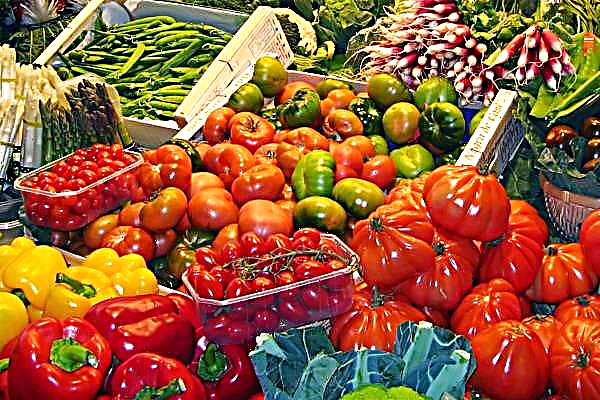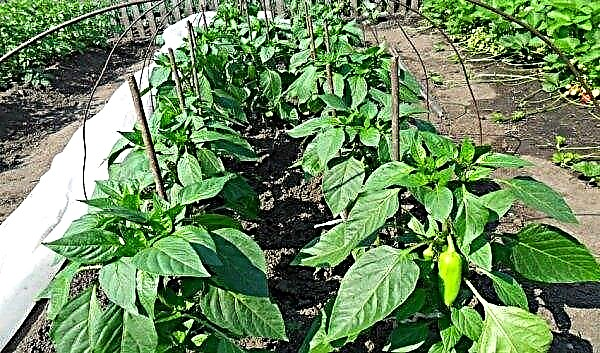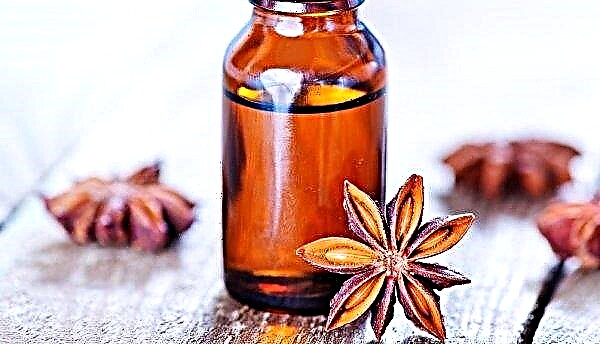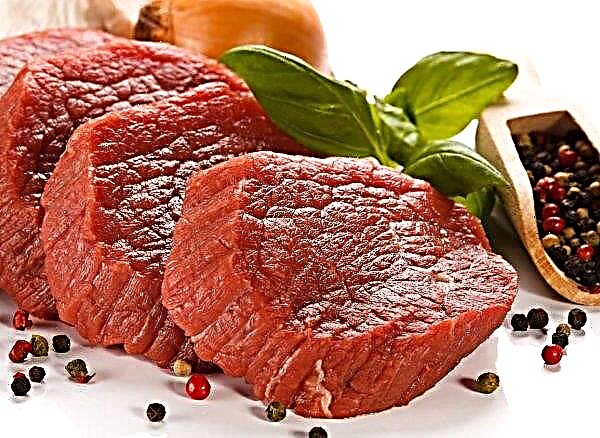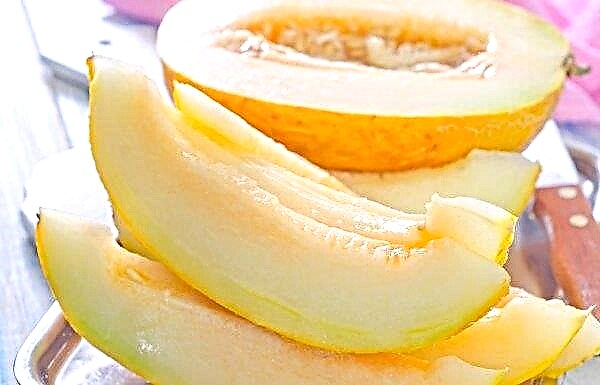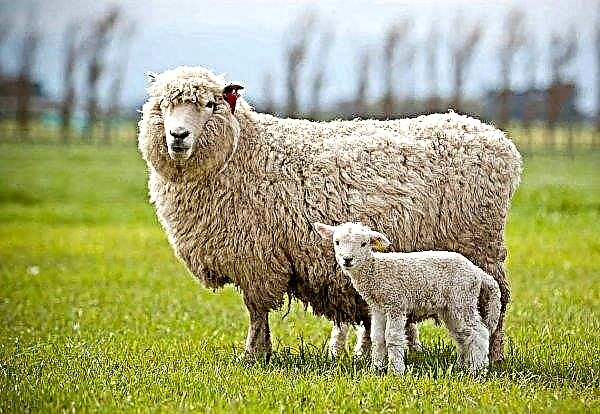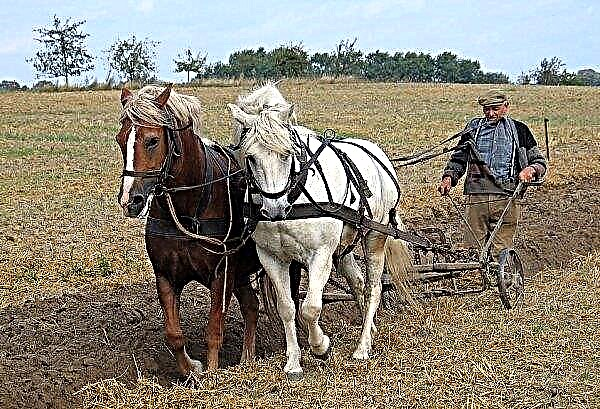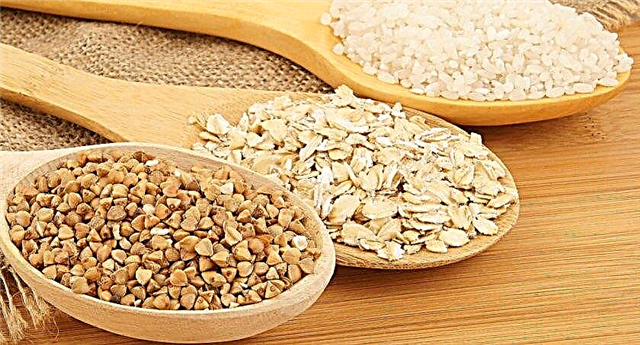Persian cyclamen attracts with bright flowers of different shades, making it one of the most popular plants for indoor floriculture. How to grow and propagate a flower at home is described in detail below.
Botanical description of the plant
Herbaceous perennial originates from the countries of the Mediterranean region, and is also found in northern Africa.
Its characteristic features are:
- root in the form of a flat-round tuber with a diameter of up to 15 cm;
- leathery green leaves with a heart-shaped shape with a characteristic silver pattern;
- petiole of the leaf is long, red-brown;
- peduncle up to 20 cm long;
- a flower of 5 petals with a bent lower petal resembles a butterfly;
- flowers are white, shades of pink and red, purple;
- fruit in the form of a box with seeds.
A dense rosette of leaves and flowers grows from the top of the tuber, in some species this occurs simultaneously. Long flowering and plant growth occur in the cool period from autumn to spring. After flowering, the peduncle gradually spirals and lays a box with seeds on the ground. Then the leaves fall, and the flower goes into a dormant period.Did you know? The word "cyclamen" comes from the Greek "cyclos", which means "circle" and is associated with the shape of the tuber. Another name for the flower is “pork bread”: in the book of Ambodik, the physician of Catherine II, “Medical substanceology” in 1758, The search and eating of cyclamen tubers by pigs is described.
How to choose upon purchase
The best choice would be a plant in the initial phase of flowering. You must also make sure that cyclamen is healthy.
The attributes of a quality specimen are as follows:
- minimum number of blossoming flowers;
- many buds under the leaves;
- strong vertical peduncles;
- elastic leaves without yellowness;
- the tuber protrudes slightly above the soil.
Important! Cyclamen juice is poisonous! The maximum concentration of harmful substances is contained in the tuber.
Sometimes cyclamen is sold in the form of a tuber. In this case, it should be smooth and heavy, have kidneys in the upper part.
How to care immediately after purchase
After the purchase, you need to inspect the condition of the root system, according to the results of which they decide on the need for a transplant.
A new place for cyclamen is necessary in the following cases:
- roots peep out of the hole at the bottom of the pot;
- the pot contains peat or a substrate of unknown origin, and not soil;
- if signs of rotting of the tuber are detected;
- with complete drowning of the tuber into the ground.
What conditions do you need to create at home
Persian cyclamen is an ephemeroid, which means a clear division of its life cycle into periods of active growth and dormancy.  It is often used to decorate a house for only one season, however, under certain conditions, the plant can be preserved and lead to repeated flowering.
It is often used to decorate a house for only one season, however, under certain conditions, the plant can be preserved and lead to repeated flowering.
Placement and lighting
The flower needs a bright diffused color and the eastern window will be the best place for it. From a lack of sun, the leaves may turn yellow, and direct rays can cause a burn.
The plant is demanding on clean air and does not tolerate gas and tobacco smoke. Both cold draft and hot air from heating appliances should be avoided.
Do not keep plants in a cramped place, the lack of fresh air can lead to decay. After flowering, the plant goes to rest, and the pot needs to be rearranged in a shady place until the end of summer. Some gardeners recommend putting the pot with the tuber on its side.
At home, you can grow such decorative flowering plants as:
Temperature mode
One of the most important conditions for flowering cyclamen is a cool temperature. During the day, the thermometer should record + 12 ° C to + 15 ° C, and at night it can be lowered to + 10 ° C.
If the air warms up to + 20 ° C, the flower may go into hibernation mode. In such heat, spider mites are also active, which can cause the death of the flower. During dormancy, the plant is kept at a temperature of +18 ... + 22 ° C.
Air humidity
The plant loves high humidity, and its leaves are regularly sprayed. A flower pot can be placed on a tray with moistened expanded clay. When buds appear, leaf moisture is stopped. Drops falling on the petals can cause decay.
How to care in the future
Care for cyclamen in the active period includes proper watering and top dressing. When working with the plant always wear gloves.
Watering
Regular watering during the growing season should be moderate. It is necessary to wait for a little drying of the top layer in the pot before watering it again.
Important! When watering, water should not get on the tuber, so the stream is directed strictly along the edge of the container or immersion in water is used for 15 minutes.
Previously, water for irrigation is upheld, and its temperature should not be higher than room temperature. During rest, watering does not stop completely, moistening the earth around the tuber as necessary.
Fertilizer application
Top dressing is added during the growing season every two weeks. Fertilizer should be comprehensive and designed for flowering plants.  The dosage is halved. The amount of nitrogen in top dressing should be minimal, otherwise only an increase in green mass will occur. During dormancy, cyclamens do not fertilize.
The dosage is halved. The amount of nitrogen in top dressing should be minimal, otherwise only an increase in green mass will occur. During dormancy, cyclamens do not fertilize.
Pruning
Cyclamen does not require trimming. Withered flower stalks can be removed if the florist coils with seeds do not like the grower. However, they are not cut, but carefully twisted at the very bottom, at the growth point.
When the plant goes into hibernation, the leaves turn yellow and droop. Foliage cannot be forcibly removed, even if a period of rest has come.
Transfer
In addition to the conditions listed above for transplantation after purchase, cyclamen is moved to a new pot every 2-3 years in early autumn. The signal for the beginning of transplantation can be considered the appearance of the first young leaves.
The container for the plant should not be too large, otherwise the plant will spend the main forces on the growth of the tuber and leaves, and flowering will be weak. The depth of the pot can be estimated based on the diameter of the tuber: its third should be above the surface of the soil.
On average, you need such containers:
- for a plant from 1 to 3 years, a pot with a diameter of 7-8 cm is needed;
- a flower older than 3 years most likely needs a pot with a diameter of 10-15 cm.
Did you know? In ancient Rome, protective properties were attributed to the flower and pregnant women wore cyclamens as jewelry.
A self-made mixture should consist of the following ingredients:
- humus, sand and peat in equal parts;
- three pieces of leafy earth.
Then you need to take such actions:
- Put on gloves and remove the tuber from the pot, clean it of old soil and cut off damaged or rotten roots. Sprinkle slices with charcoal powder.
- Pour new soil into a pot with drainage and put the tuber inward so that its upper part protrudes one third above the edge.
- To fill up the remaining earth.
- Move the pot to a cool place and pour.
After a month after the procedure, cyclamen can be fed.
Video: Cyclamen transplant
How to propagate at home
For Persian cyclamen, only seed reproduction is used. If you divide its tuber, in most cases its parts rot.
Seeds ripen for several months and it is better to sow them immediately after opening the box. The best sowing time is the beginning of spring. To improve germination, the seeds are treated in a solution of "Epina", according to the instructions. Sowing is carried out in sterile soil without humus.
Important! To get a variety hybrid, seeds must be purchased from a trusted supplier! Self-collected seeds may contain split characters after cross-pollination.
The process is as follows:
- In a shallow container, seeds are placed to a depth of 1 cm with an interval of 2-3 cm.
- Sprinkling the grooves with soil, they are moistened from the spray bottle and covered with a black film or an opaque cover.
- Between the surface of the soil and the shelter you need to leave 2-3 cm of the air gap.
- Germination requires a temperature of + 18 ... + 20 ° C.
- The container is periodically aired and moistened.
The first shoots may appear in a month, some varieties germinate longer. After emergence, the landing is transferred to bright diffused light at the same temperature.
Cyclamen sprouts are planted when 2-3 leaves appear, small tubers must be covered completely. The second transplant into pots with a diameter of 5-6 cm is carried out after 6-7 months. In this case, the tubers are left a third open.
Most often, the first flowering will come in the second year, however, some copies bloom as early as 15-18 months.
Growing difficulties
Persian cyclamen often suffers from mistakes in care.
The main problems when growing are as follows:
Persian cyclamen is highly decorative and has a long flowering period. Providing the plant with the correct conditions during the dormant period, it is possible to achieve repeated flowering and preserve the flower for many years.

